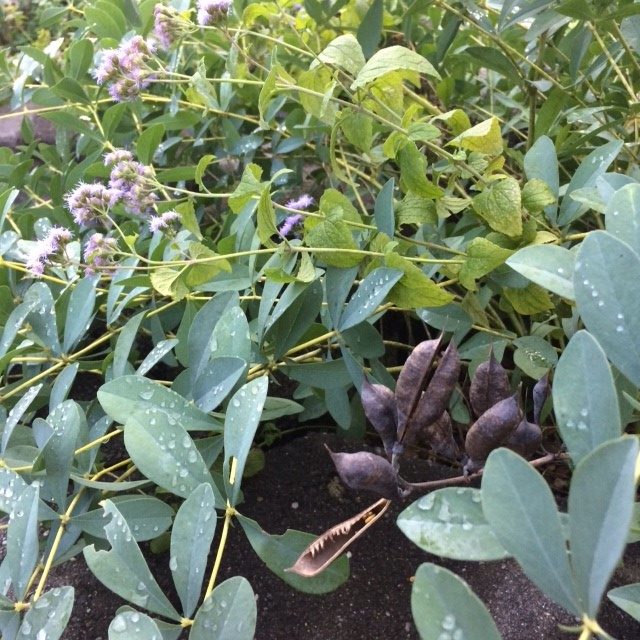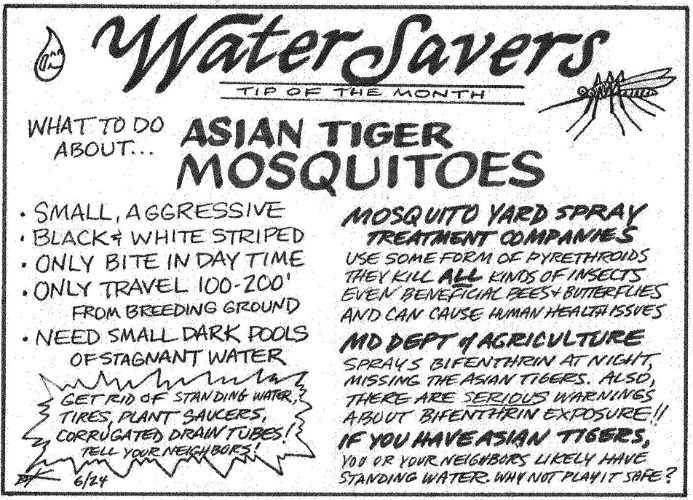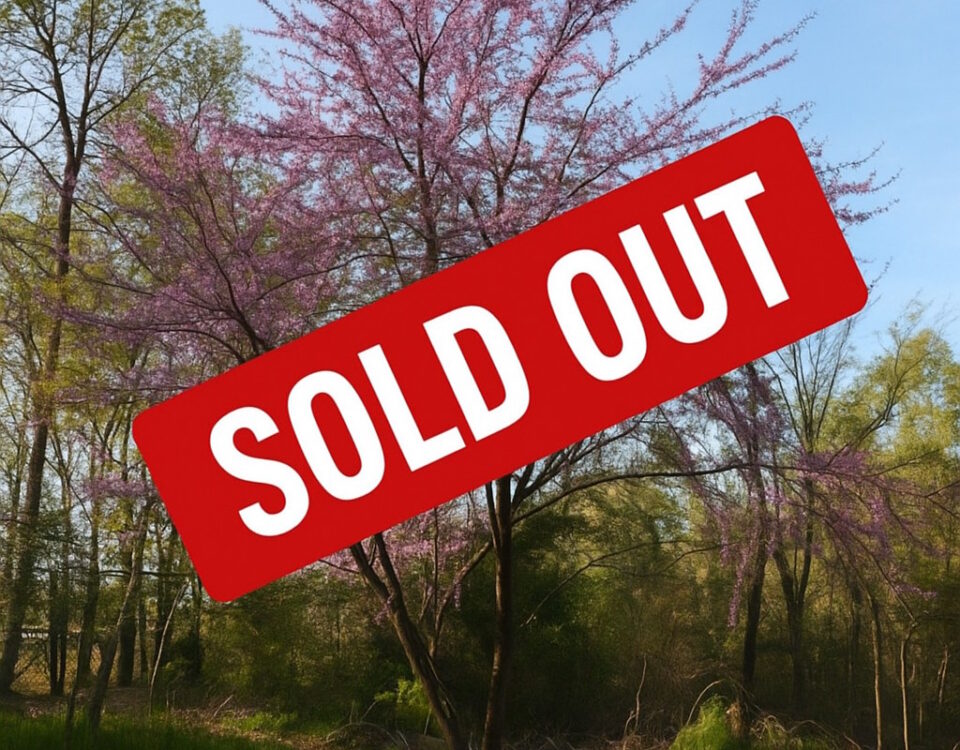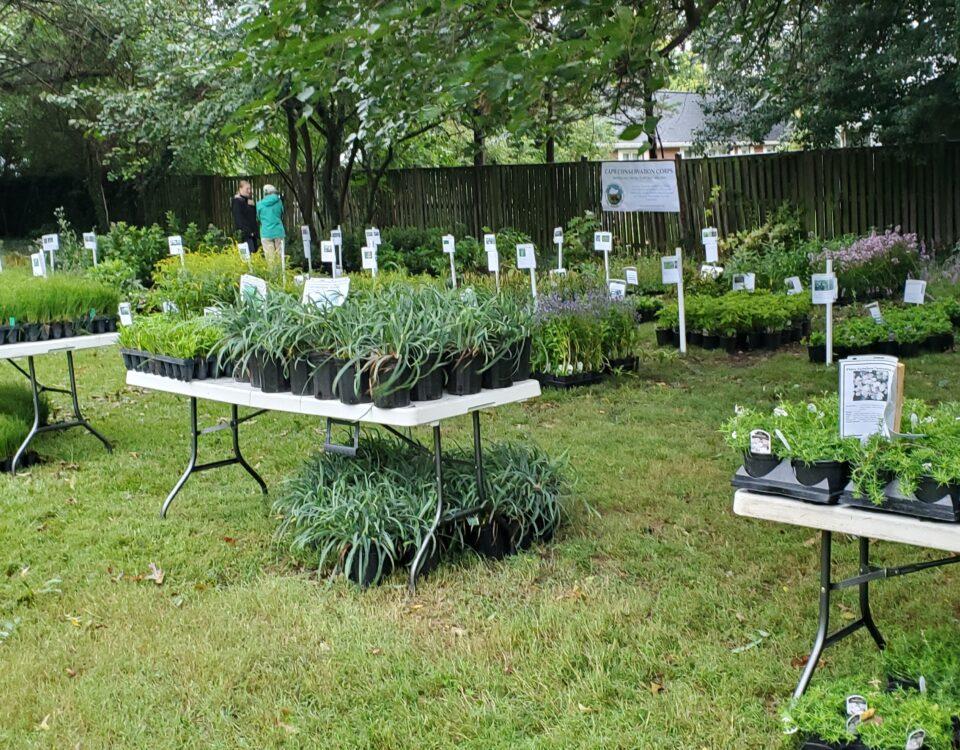Top Overlooked Understory Trees to Consider
September 22, 2017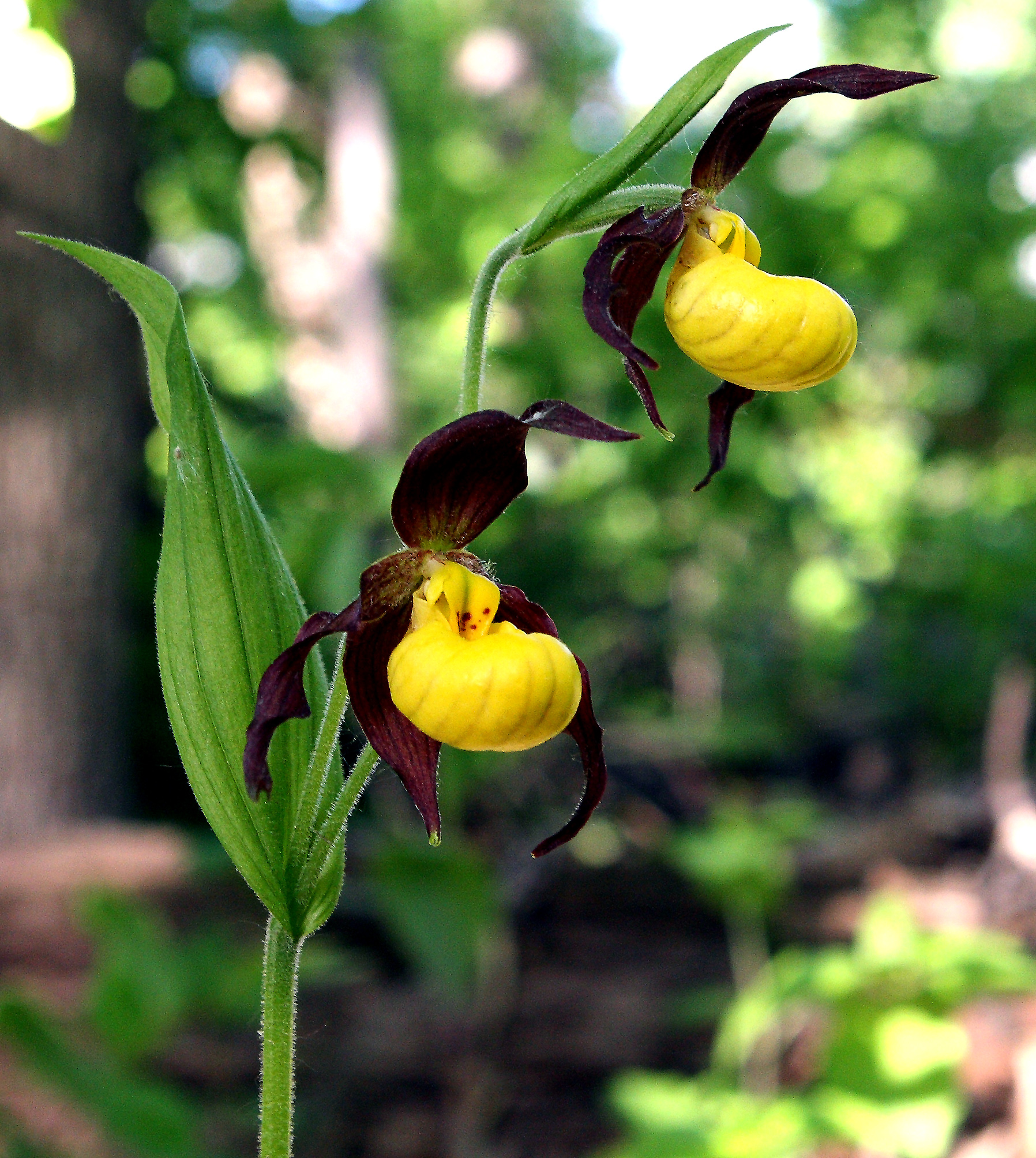
Native Maryland Orchids
November 15, 2017By: Stacey Wildberger
It’s as simple as that. By leaving the leaves, not cutting down the perennial stems and waiting for winter I am promoting healthy ecosystem! Besides the fact that I am tired from gardening all summer there are so many wonderful activities to do on a crisp autumn day—bike rides, kid’s soccer games, long hikes in nature, and apple picking!!
- Leave the leaves for the insects, frogs, spiders, and many other hibernating critters that are overwintering in your leaves and even the top layer of soil. When you rake, blow, and bag away all those leaves from your gardens you are destroying next year’s beneficial bugs, butterflies, moths, even amphibians like frogs, toads, salamanders. These creatures are hibernating and need your help by leaving the leaves in place. Many bees spend the winter as an egg or larvae under those leaves, while certain butterflies such as the morning cloak, the question mark and the comma overwinter as adults under the leaves as well. Other butterflies overwinter as chrysalis waiting to emerge in the warmth of spring. The birds benefit from this buffet of bugs that hibernate in your landscape because 96% of terrestrial birds feed insects to their young. It also helps to have the predatory or beneficial bugs such as lacewings, assassin bugs and ground beetles in your yard in early spring so they can get an early start controlling the pests in your yard.
- Stalks left standing offers many of the same benefits as leaving the leaves. There are also many beneficial bugs that will overwinter in the plant stalks of your perennials. By chopping them down you may kill swallowtail butterflies or destroy a mantis egg case. Leaving the stalks of perennials standing can also protect them in the dead cold of winter by gathering snow to insulate the roots and add moisture to the soil.
- And finally wait for winter (interest)-author, gardener, blogger Benjamin Vogt tells us “…that a winter garden is a feast for the senses”. Vogt says winter is the beginning of the garden season, when life is thriving, decay- a natural process -is happening, and we should be celebrating the negative spaces in the winter landscape. There is so much beauty in the winter landscape –known as winter interest. If you have left the stalks standing you can enjoy how the snow gathers on the many beautiful seed heads from the umbels of Tall boneset, the thin spikes of Liatris to ornamental pods of Penstemon and Baptisia. You can observe berries on a bare branch, ice reflecting off the blades of native sedges, the goldfinches balancing on the Echinacea looking for the last of the seeds.
Allow yourself to walk the garden or your landscape in the dead of winter and take in account all the beauty around you. Learn to appreciate brown as a color, the resiliency of this landscape, and enjoy the new found beauty of a winter landscape.
This hands-off approach to fall clean-up will support a biodiverse, ecologically friendly landscape that supports many types of wildlife in your own backyard while freeing up your time to appreciate the nature in our own hometown habitats.
If you would like to read more about Benjamin Vogt’s garden ethics he just released a book called “A New Garden Ethic: Cultivating Defiant Compassion for an Uncertain Future” or check out his website for www.deepmiddle.blogspot.com for blogs, articles, or his online courses (including one on Winter Interest) at www.monarchgard.com.


